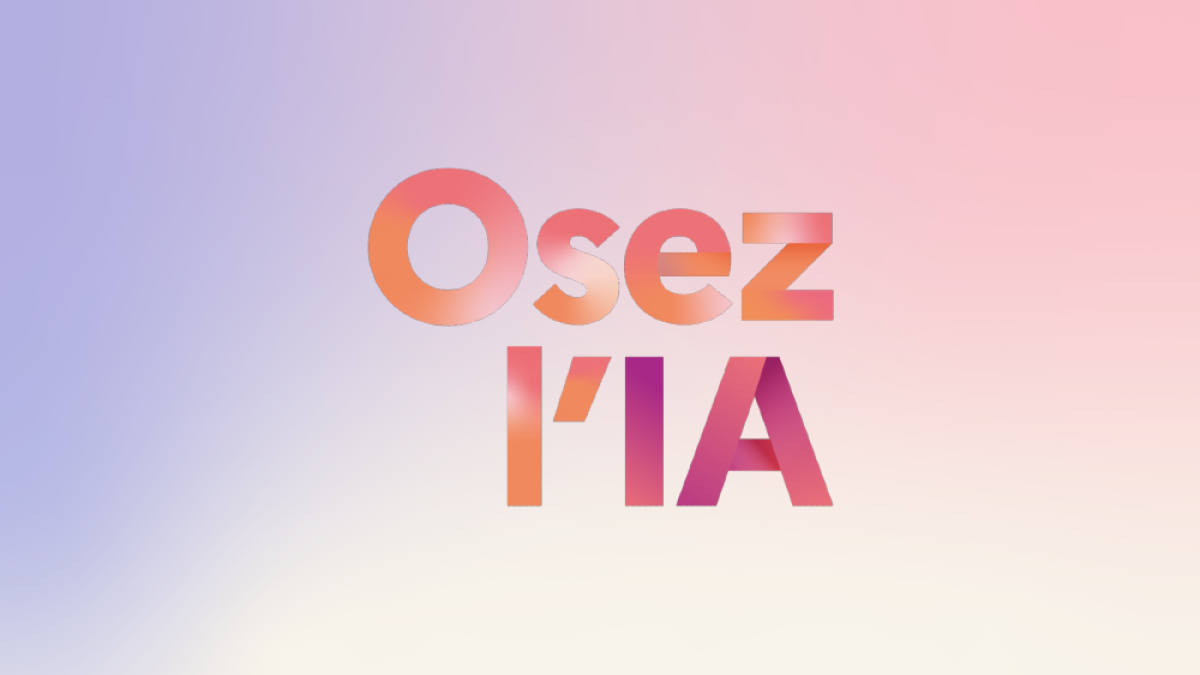par Céline de Brito, MOA
Orthophoniste
Le mot dyslexie vient des termes grecs dys (difficultés) et lexis (lexique, mots). Ainsi, la dyslexie est un trouble du langage écrit faisant en sorte qu’en présence d’une intelligence normale et d’aucune autre problématique majeure, une personne éprouve de la difficulté à apprendre à lire. De la même façon, le mot dysorthographie vient du terme dys (difficultés) et du mot orthographe et représente donc un trouble du langage écrit affectant l’orthographe. La dyslexie vient généralement avec la dysorthographie.
Il faut cependant faire attention, car une conclusion de dyslexie ne dépend pas des symptômes en lecture (ex: erreurs visuelles, confusion auditive, retard académique), mais plutôt de l’évolution. Ainsi, une personne peut avoir des difficultés à apprendre à lire en raison d’autres facteurs (difficulté visuelle, affective, familiale…) et les symptômes notés peuvent s’apparenter à une dyslexie. Si la personne présente les symptômes et que lorsqu’on effectue un suivi, l’évolution est rapide, il s’agit tout simplement d’un retard. La dyslexie est un trouble ( et non un retard). Les progrès sont donc lents et les difficultés persistent.
Il faut aussi savoir que la dyslexie est une dysfonction neurologique et qu’on note donc fréquemment des signes à l’oral (faible mémoire de travail, trouble de l’accès lexical, difficultés de sons (prononciation)…). Une évaluation de la dyslexie demande que l’enfant soit évalué par plusieurs professionnels (orthopédagogue, orthophoniste, psychologue, optométriste, audiologiste) et le suivi effectué permettra de confirmer ou infirmer la présence de la dyslexie.
 Trouvez de nombreuses ressources
Trouvez de nombreuses ressources
et du matériel éducatif à cet effet sur le site
des Jeux de Bri-Bri | Matériel éducatif conçus par des orthophonistes.






